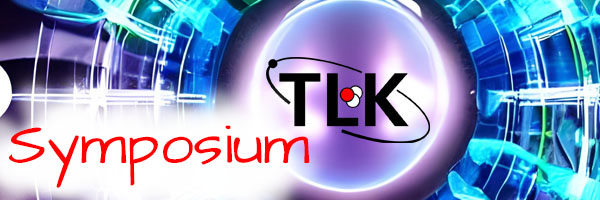Speaker
Description
The Karlsruhe Tritium Neutrino (KATRIN) experiment currently provides the world-leading upper limit on the effective neutrino mass, $m_{\nu}<0.8\,\text{eV}$. Since KATRIN performs a direct, model-independent measurement of the neutrino mass, the project is of high interest for the neutrino and particle physics community.
At KATRIN, anti-electron neutrinos are produced by tritium beta decays, which additionally generate He3+ atoms and electrons. The neutrino mass requires a fixed amount of rest energy, thus this section is not available to be converted into kinetic energy. The remaining kinetic energy is then arbitrarily distributed over the decay products. Therefore, the electrons‘ spectrum is measured around its endpoint, as the maximum electron energy (i.e. all kinetic energy is stored in the electron) is reduced by the mass of the neutrino.
By the end of measurement planned for KATRIN, the experiment aims to reach a sensitivity of $m_{\nu}<0.2\,\text{eV}$. However, the neutrino mass might not be discovered within the experiment's lifetime. Considering the theory of particle physics, the smallest allowed effective neutrino mass, depending on the hierarchy, results in 50$\,$meV (9$\,$meV) for inverted (normal) ordering. Furthermore, cosmology predicts values, highly dependent on the model used as a base for data analysis, and significantly below the KATRIN results.
This shows that by the end of KATRIN, the direct, model-independent search for the neutrino mass is not yet exhausted. The KATRIN collaboration continuously works on improvements and better understanding of the experiment's setup, while also having an increasing interest in future adjustments when planning the next decades for this research facility.
As being adaptable is of high importance, cutting-edge technology is not left out of sight while investigating the options of improving the neutrino source and the electron detector. Conceptual studies on the impact of a high-resolution detector are performed, additionally exploring the potential of using atomic tritium in place of the current molecular source. These studies take into account fundamental characteristics of these changes. They will explore and provide the demands on hardware technology to reach the future goal, determined by combining the studies' result as well as upcoming development in hardware technology. On this poster the simulation software is introduced and first results on possible neutrino mass sensitivities are presented.

